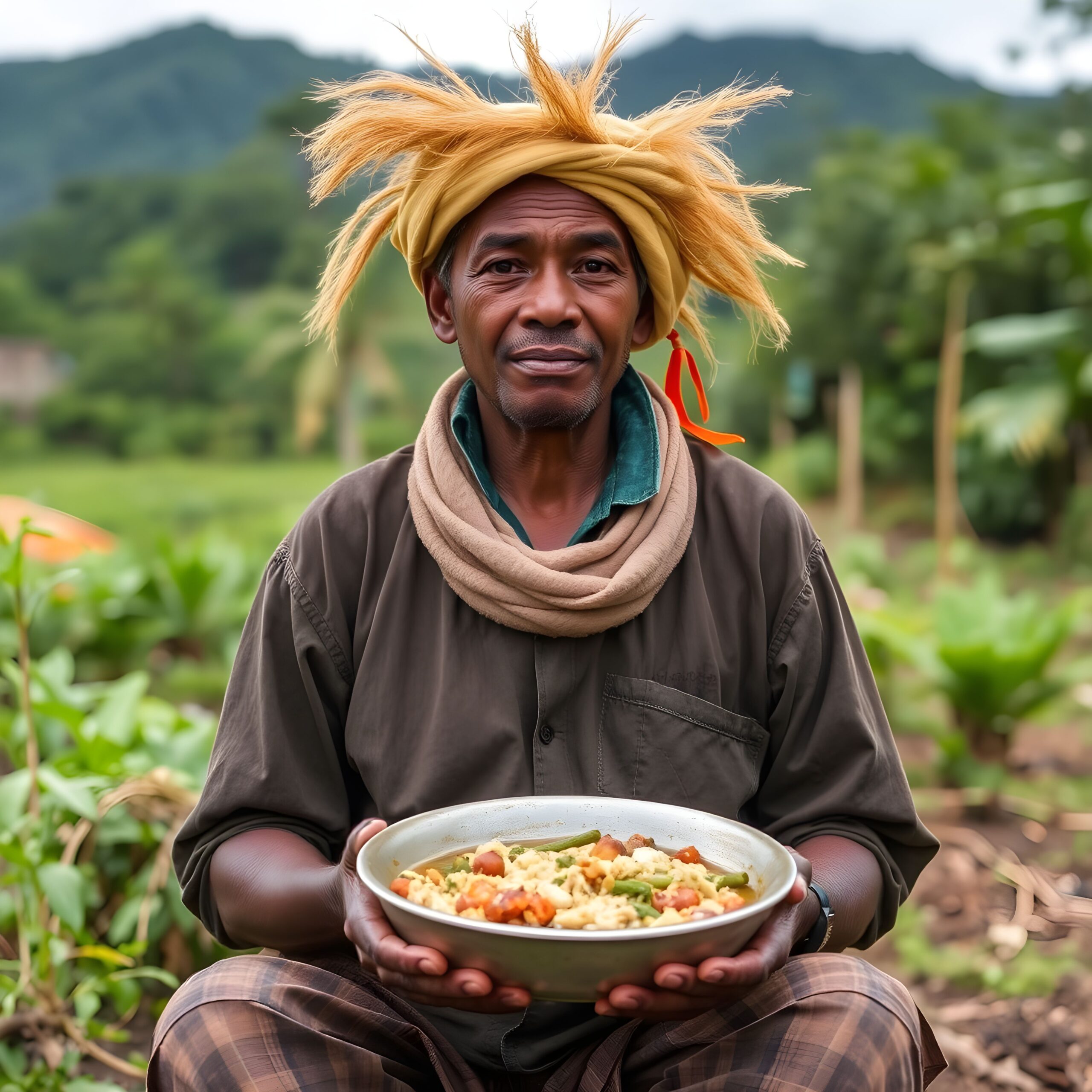
In an era of industrial agriculture, processed foods, and increasing concerns about sustainability, the traditional food systems of indigenous cultures offer valuable insights for reimagining our relationship with food. Among these, Papua New Guinea’s traditional dietary practices present a particularly compelling model worth exploring.
The Rich Tapestry of Papua New Guinea’s Food Traditions
Papua New Guinea (PNG) boasts extraordinary biodiversity and cultural diversity, with over 800 languages spoken across its rugged landscape. This diversity extends to its traditional food systems, which have sustained communities for thousands of years with minimal environmental impact.
The traditional PNG diet revolves around several key elements:

1. Staple Root Crops
Sweet potatoes (kaukau), taro, yams, and cassava form the foundation of traditional PNG diets. These starchy crops are not only nutritious but grow abundantly in the tropical climate with minimal agricultural inputs. Unlike monoculture farming common in Western agriculture, PNG’s traditional gardens feature multiple crop varieties planted together, creating natural resilience against pests and disease.
2. Forest Gardens and Agroforestry
Rather than clear-cutting forests for agriculture, many PNG communities practice sophisticated agroforestry systems where food crops are integrated among trees. These “forest gardens” mimic natural forest ecosystems while producing diverse foods. Trees provide shade, protect soil from erosion, and contribute additional food sources through nuts, fruits, and leaves.
3. Protein Sources
Traditional protein sources include small amounts of wild game, fish, and insects, supplemented by cultivated plants like winged beans and other legumes. These protein sources have significantly lower environmental footprints than industrial meat production.
4. Seasonal and Local Focus
PNG’s traditional diet naturally follows seasonal availability. Food preservation techniques like smoking and fermentation extend shelf life, but the emphasis remains on consuming what is fresh and locally available.
Western Food System Challenges
In stark contrast, Western food systems face mounting challenges:
- Environmental degradation: Industrial agriculture contributes significantly to soil erosion, water pollution, habitat loss, and greenhouse gas emissions.
- Diet-related illness: Processed foods high in sugar, salt, and unhealthy fats have contributed to rising rates of obesity, diabetes, and heart disease.
- Food insecurity: Despite abundance, disparities in food access persist across socioeconomic divides.
- Food waste: Approximately one-third of food produced globally is wasted.
- Loss of biodiversity: Monoculture farming practices have dramatically reduced agricultural diversity.
Bridging Traditional Wisdom with Modern Innovation
How might Western food systems adapt lessons from PNG’s traditional practices while acknowledging the realities of modern life and urbanization?
1. Diversify Our Agricultural Systems
The Western tendency toward monoculture farming contrasts sharply with PNG’s highly diverse food gardens. Embracing polyculture and crop rotation could reduce reliance on chemical pesticides and fertilizers while improving soil health and biodiversity.
2. Rethink Our Relationship with Proteins
The traditional PNG diet demonstrates that adequate protein intake doesn’t require industrial-scale meat production. Incorporating more plant-based proteins, sustainably harvested seafood, and even reconsidering traditional protein sources like insects (already eaten by approximately 2 billion people worldwide) could significantly reduce our environmental footprint.
3. Embrace Seasonality and Locality
While global food trade has benefits, the emphasis on year-round availability of all foods comes with substantial environmental costs. Reconnecting with seasonal eating patterns can reduce transportation emissions while providing fresher, more nutritious foods.
4. Foster Food Sovereignty
Many PNG communities maintain control over their food production, unlike Western consumers who are often disconnected from food sources. Community gardens, urban farming initiatives, and direct farmer-to-consumer relationships can help restore this connection.
5. Value Traditional Knowledge
Indigenous food knowledge, often developed over thousands of years, represents sophisticated understanding of local ecosystems. Respecting and learning from this knowledge—rather than dismissing it as primitive—is essential for developing sustainable food systems.
Path Forward: A Sustainable Synthesis
The future of food likely lies not in romanticizing traditional systems or blindly embracing technological solutions, but in thoughtfully integrating elements of both. Papua New Guinea’s traditional food practices offer valuable lessons in sustainability, resilience, and nutritional diversity that can inform Western approaches.
This doesn’t mean abandoning modern conveniences or technological advances. Rather, it suggests a more mindful approach to food that:
- Prioritizes ecological health along with human nutrition
- Respects cultural food traditions while remaining open to innovation
- Reduces reliance on environmentally destructive practices
- Rebuilds community connections around food production and consumption
By looking to places like Papua New Guinea, where traditional food systems have sustained populations for millennia with minimal environmental impact, we may find inspiration for addressing our most pressing food system challenges. The resulting synthesis could offer a path toward truly sustainable food systems that nourish both people and planet for generations to come.